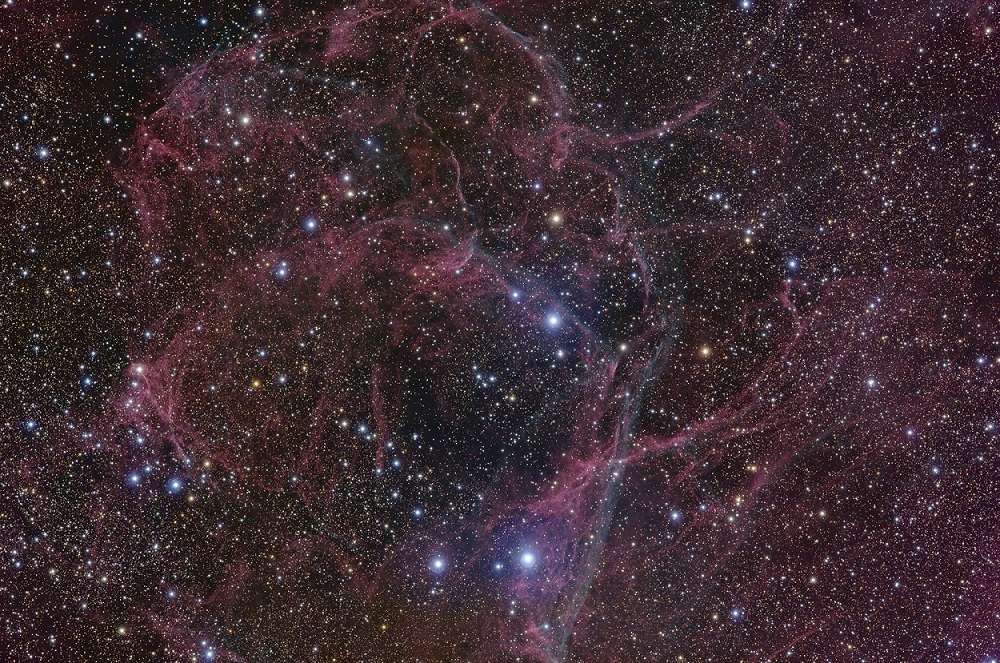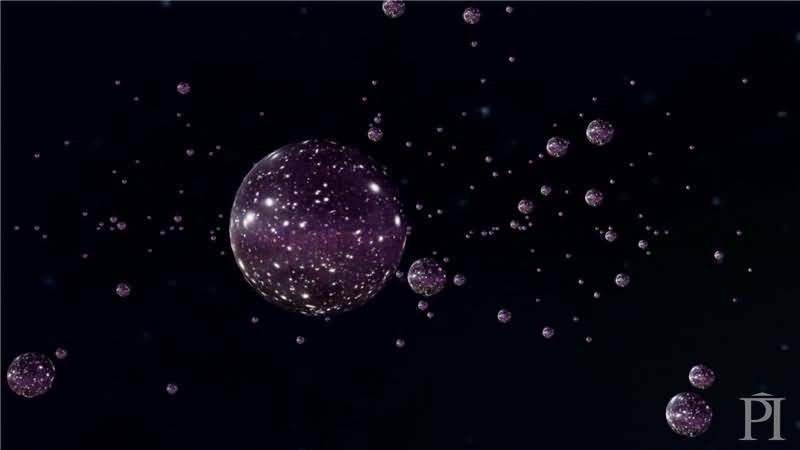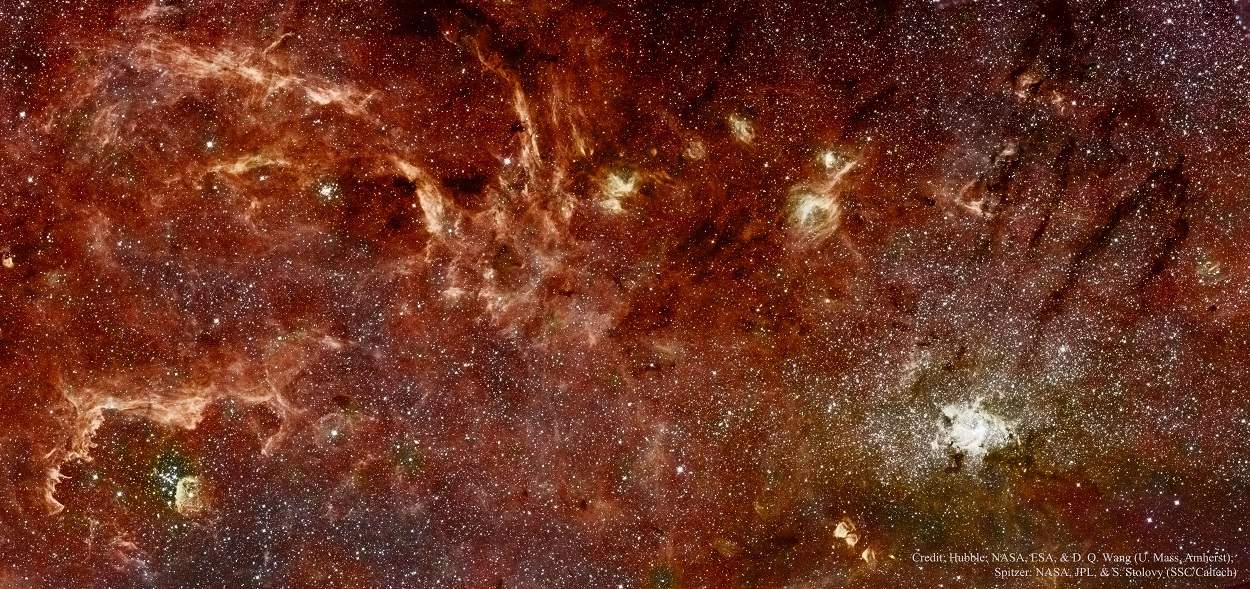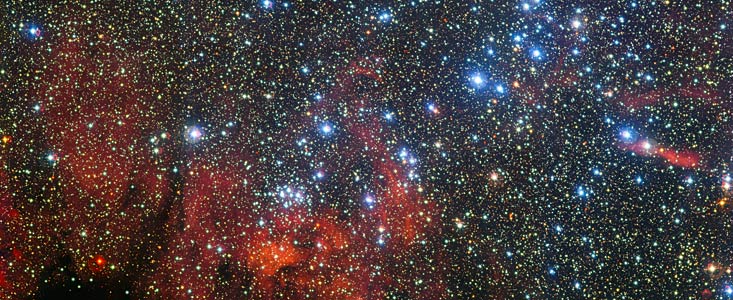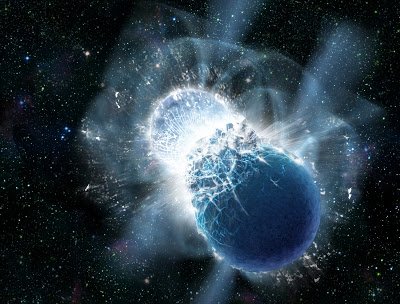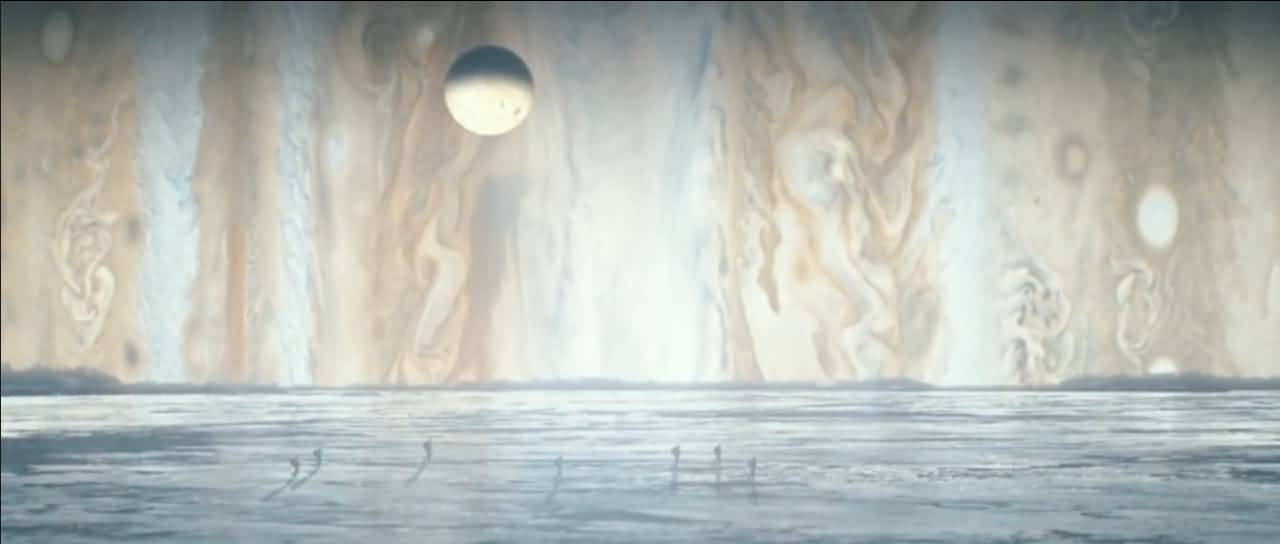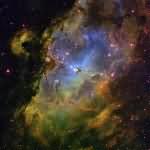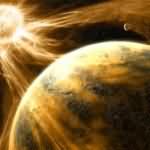The Most Interesting Object, Yet Less Heard of – The Neutron Star
In almost every astronomy news story, we see reports of black holes, sun-like stars, massive stars, nebulae, galaxies, star clusters, and much more. Each one is interesting, of course. But there's something less frequently mentioned, yet even more intriguing: neutron stars. I'd say neutron stars are my favorite in astronomy.
We know the stages of a star's life. A star is born as a planetary nebula, fuses hydrogen atoms through fusion reactions, and when it finally becomes incapable of fusion, it blasts off its outer layers in a massive explosion. This explosion leaves three possibilities: a white dwarf and a black hole. Another is the neutron star.
It's the small but extremely dense stellar core left over after the explosion of a massive star. As its name suggests, it consists entirely of neutrons. Immediately after a supernova explosion, the core, which accounts for 60 percent of the star's average mass, begins to be compressed by gravity. This compression is so intense that the electrons in the atom begin to combine with protons, creating a chain reaction, and transform into neutral neutrons. This mechanism also violates the Pauli exclusion principle, which states that electrons cannot be transported from their orbits to a smaller space.
As a result of this compression, atoms are converted into neutrons, creating high-energy bursts of gamma radiation within the star's mechanics, powerful enough to destroy all neutrons. This is a continuous process. It's the result of millions of years of fusion reactions. We now have neutrons with a density a hundred trillion times that of a water molecule.
So what's the connection between neutron stars and pulsars? Neutron stars emit enormous amounts of light and radiation, and when the star rotates, we see it as periodic flashes of light that occur at the same intervals. Like the rotation of a lighthouse.
When neutron stars were first discovered, it was thought they were anomalous or the work of aliens. But as we uncovered the mysteries of the universe, we learned that pulsars arrived at regular intervals, like a lighthouse by the sea, driven by the star's rotation. The electromagnetic radiation generated by a rapidly spinning neutron star is called a pulsar. We can only detect pulsars if they are pointed toward us. Of course, every pulsar is a neutron star, but not every neutron star is a pulsar.
The neutron star's size and rotation speed are particularly striking. Neutron stars are 10-15 km in diameter and rotate at a rate of several rotations per second. Of course, some can be even faster than that, such as 100-150 rotations per second. The idea is that the star should gradually slow down, but in reality, due to this rotation speed, its surface becomes a perfect, smooth sphere. Thanks to their angular momentum, stars are actually accelerating.
In fact, angular momentum is the key to the answer to the question of rotation stars and pulsars. If you encounter a star that's normally spinning but has shed its outer shell and is being compressed by gravity (you wouldn't normally encounter one; you wouldn't be able to approach it for long or at long distances because of the supernova explosion, but never mind), you'll see it spinning faster and faster. For example, when ice skaters spin on one foot, they bring their arms closer to their bodies and spin faster. This makes them spin faster, and a shrinking star spins faster, too. If the ice skater wants to slow down, they can spread their arms and slow down even more. Of course, in this case, I don't think the neutron star will grow much. It's happy where it is. I don't either.
For example, our star, the Sun and the Moon, rotate at a rate that seems slow to us today due to the amount of time we spend calculating it. If we compress it into a space of about 30 km, the rotation rate would be 1,000 rotations per second.
It may not be as interesting as black holes for many people, but for me it is the most interesting object.




